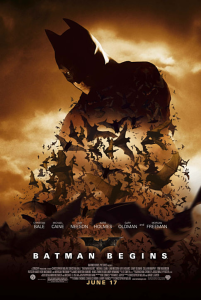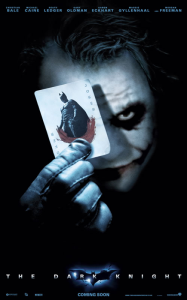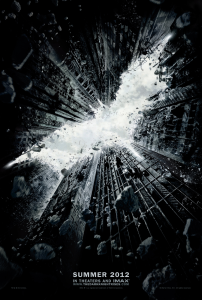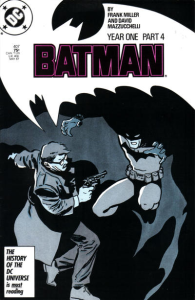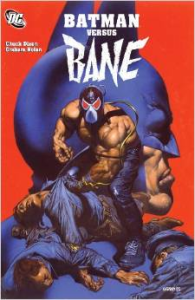While most superhero movies serve you generic, more or less well-crafted adventure/fantasy, an interesting thing about the cinematic versions of the Dark Knight is that they’ve all been lavishly shaped by their directors’ eccentricities. I’m OK with that – I have my comics, so I don’t need the movies to be more of the same. The reason I have zero expectations for Zack Snyder’s upcoming film is not because it won’t be faithful to the comics’ version of Batman, but because Snyder’s authorial voice is awful (by contrast, I would gladly watch the Coen brothers do whatever they feel like with the Caped Crusader).
I bring this up because Christopher Nolan’s work is no exception. Sure, for all the buzz concerning Nolan’s revolutionary take on Batman, his movies are quite faithful to the style of the source material (especially in contrast to the films by Tim Burton and Joel Schumacher, which were degenerate descendants of the 1960s’ TV show). Since the eighties, gritty pseudo-realism has been a staple of Batman comics, plenty of which are way grittier and/or more realistic than their Hollywood counterparts. That said, at the same time there is no denying how Nolan-esque the last movies are!
It wasn’t clear from the start. When Nolan started playing in Gotham City, the action trappings seemed like a departure from his earlier, low-key, cerebral crime flics (the amateurish film noir Following, the cult-favorite experimental thriller Memento, and the more straightforward yet psychological Insomnia). However, nowadays Christopher Nolan has become synonymous with byzantine, frantically edited, exposition-heavy blockbusters that many love (regarding them as smarter than the average, if nothing else because you actually have to think in order to keep up) and many others loathe (too pretentions and confusing to be lowbrow, too contrived and unsubtle to be highbrow). And boy does his Batman trilogy fit right in!
When you get down to it, Batman Begins may not be as down-to-earth as it is often claimed (the climax revolves around an evil plot to cause mass hysteria in Gotham City by vaporizing a fear-inducing hallucinogenic with the help of a huge microwave emitter!), but it is certainly more straight-faced than any of the previous live action films about the Caped Crusader. This 2005 reboot fleshes out Batman’s origin with in-depth characterization (honestly, I could’ve done with less whining) and expands the big screen’s rogues’ gallery by introducing the Scarecrow and Ra’s al Ghul. The script was co-written by David S. Goyer, which helps explain the abundant instances of obvious symbolism, even by Nolan’s standards of thematic overstatement. Still, the result is a badass, multilayered thrill ride with lots of great names in the cast and some solid Batman moments, even if the dialogue is pretty terrible and the ending morally fuzzy.
The Dark Knight chronicles the Darwinian evolution of Gotham’s underworld, as traditional gangsters give way to extravagant psychopaths. This is not only a genuinely great Batman film, it’s a legitimately great crime film in its own right… hell, it’s a legitimately great film, full stop. More of an ensemble piece than a hero-driven adventure, the plot spirals between Batman, the Joker, James Gordon, and Harvey Dent. By continuously escalating the complexity of the story and moving multiple chess pieces around, Nolan pushes the audience’s concentration further than he did in The Prestige without yet reaching Inception levels. It’s one awesome scene after another, with even minor characters given a chance to shine – and while Heath Ledger steals the show as a terrifying Joker, the fact is that all the performances are top-notch (despite Christian Bale’s infamous gravely Batman-voice). The Dark Knight’s success was also no doubt linked with the way in which it tapped into the post-9/11 zeitgeist, in particular concerns about security, privacy, torture, and freedom. A key sequence aboard two ships (one democratically organized, the other under dictatorial rule) is both a challenging parable and a masterclass in suspense. That said, the movie wisely keeps its politics ambiguous as the Joker/Batman antagonism works on various levels: terrorism/hyper-surveillance, anarchy/authoritarianism, chaos/order, misanthropy/humanism. Regardless, the payoff lives up to the two characters’ relationship in the comics, with Batman refusing to kill the Joker (preventing him from falling off a building in what can only be a ‘fuck you’ to Tim Burton) because he realizes that would validate his enemy’s philosophy.
Having firmly rooted the franchise in the paranoid atmosphere of the War on Terror, Christopher Nolan managed to keep the topical momentum with The Dark Knight Rises, which came across as an outlandish reactionary allegory of Occupy Wall Street. The story revolves around a populist Bane, but it makes absolutely no sense. Of its many flaws (amusingly summed up here), perhaps none is more frustrating than the way in which the film undoes its predecessor. While the second entry in the series displayed faith in humanity, the third one is about the need to brutally reign over the masses – it’s basically a right-wing fable in the style of Lars von Trier’s Dogville, but less Brechtian and less obsessed with rape. The Dark Knight Rises even makes a point of subverting Batman’s anti-gun stance, as Catwoman saves his life by shooting the bad guy and then brags about it (other than that, though, Anne Hathaway’s version of Catwoman is spot on!). I don’t necessarily mind movies with proto-fascist overtones (I’m in for John Milius’ Conan the Barbarian, David Fincher’s Fight Club, and Paul Verhoeven’s Starship Troopers, not to mention Pete Travis’ Dredd) and I could even forgive some of the many plot holes if only there was more fun to be had beyond all the noise and self-importance. Still, much like Nolan’s Interstellar, this is a flawed yet ambitious work, and I admire his drive to deliver bigger-than-life cinematic experiences that are unlike anything else on the screen!
While Goyer’s and Nolan’s Batman stories are original and characteristically overcomplicated, they wear their main influences on their sleeve. The first film borrows loosely from the graphic novel Batman: Year One. The second film takes a lot of inspiration from The Long Halloween and The Killing Joke. The last one draws heavily on The Dark Knight Returns. I’ve discussed these comics in previous posts, so I will not dwell on them except to say that they remain the most critically acclaimed Batman books around and are a great place to start for new readers.
The Dark Knight Rises also shares plot elements with Knightfall and No Man’s Land, although their tone is significantly different, including way more ludicrous characters. What fans of Bane should definitely check out is Chuck Dixon’s and Graham Nolan’s two-fisted yarns with the character, some of which are collected in the Batman versus Bane paperback.
In terms of overall themes and mood, with all the political subtext and a relatively grounded take on vigilantism, these movies seem to be aiming for something close to Alan Moore’s non-Batman masterpieces Watchmen and V for Vendetta (both much more thought-provoking books than their mediocre film adaptations). As far as the Dark Knight’s adventures go, though, if you dig Christopher Nolan’s mix of street-level crime/terrorism and twisted mind games, try looking for comics set during Batman’s earliest years…

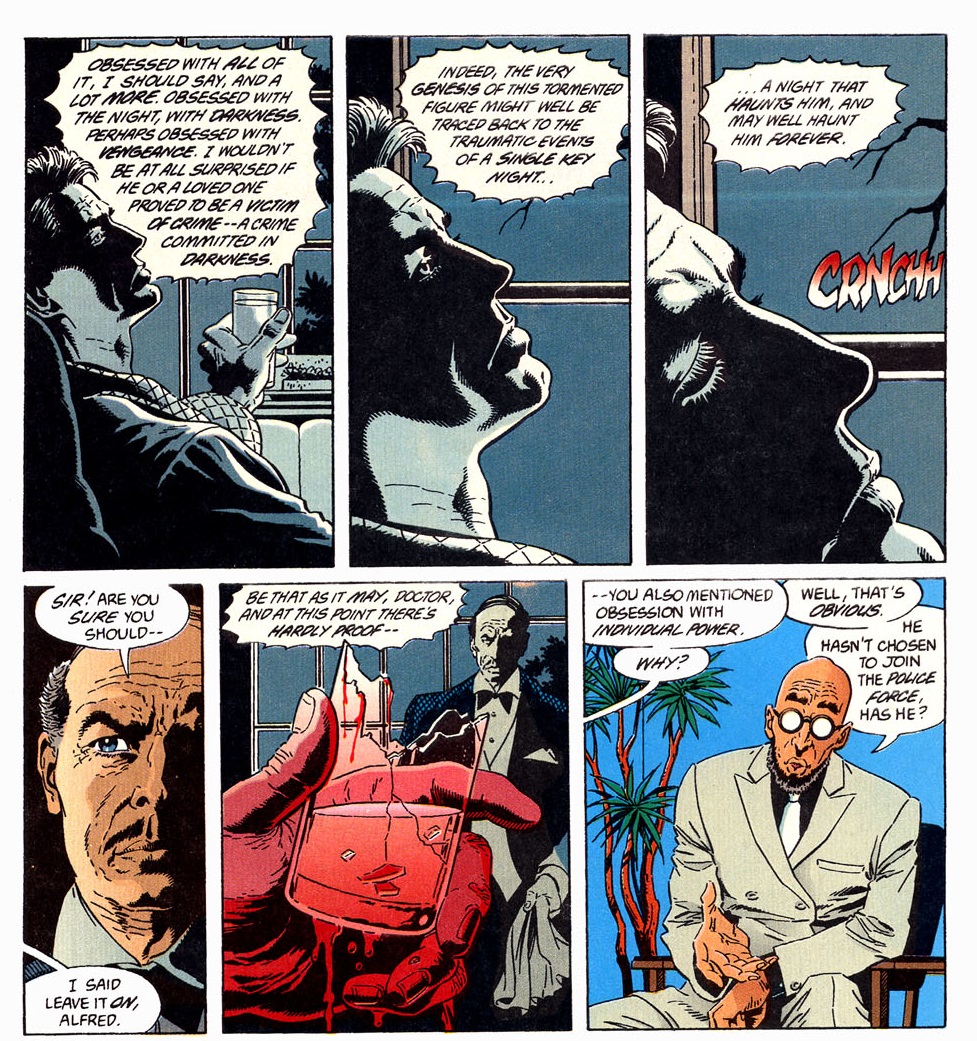 Legends of the Dark Knight #11
Legends of the Dark Knight #11
Prey is a great example of a tale that could easily take place in the Nolanverse. Relentless and psychologically charged, Doug Moench’s script throws Batman into an intense maze of threats coming from all around and gradually closing in on him. Set near the beginning of the Dark Knight’s career, Prey pits Batman against drug dealers, a resentful cop, an unpredictable cat burglar, a deranged psychiatrist, a manipulated mayor, the Gotham police force, some angry stevedores, and his own nightmares.
The art, with inks by Terry Austin and colors by Steve Oliff, is penciled by Paul Gulacy. Despite an annoying tendency for gratuitous cheesecake, Gulacy is a better action director than Nolan, so instead of chaotic visuals in the fight scenes you can actually follow what is going on:

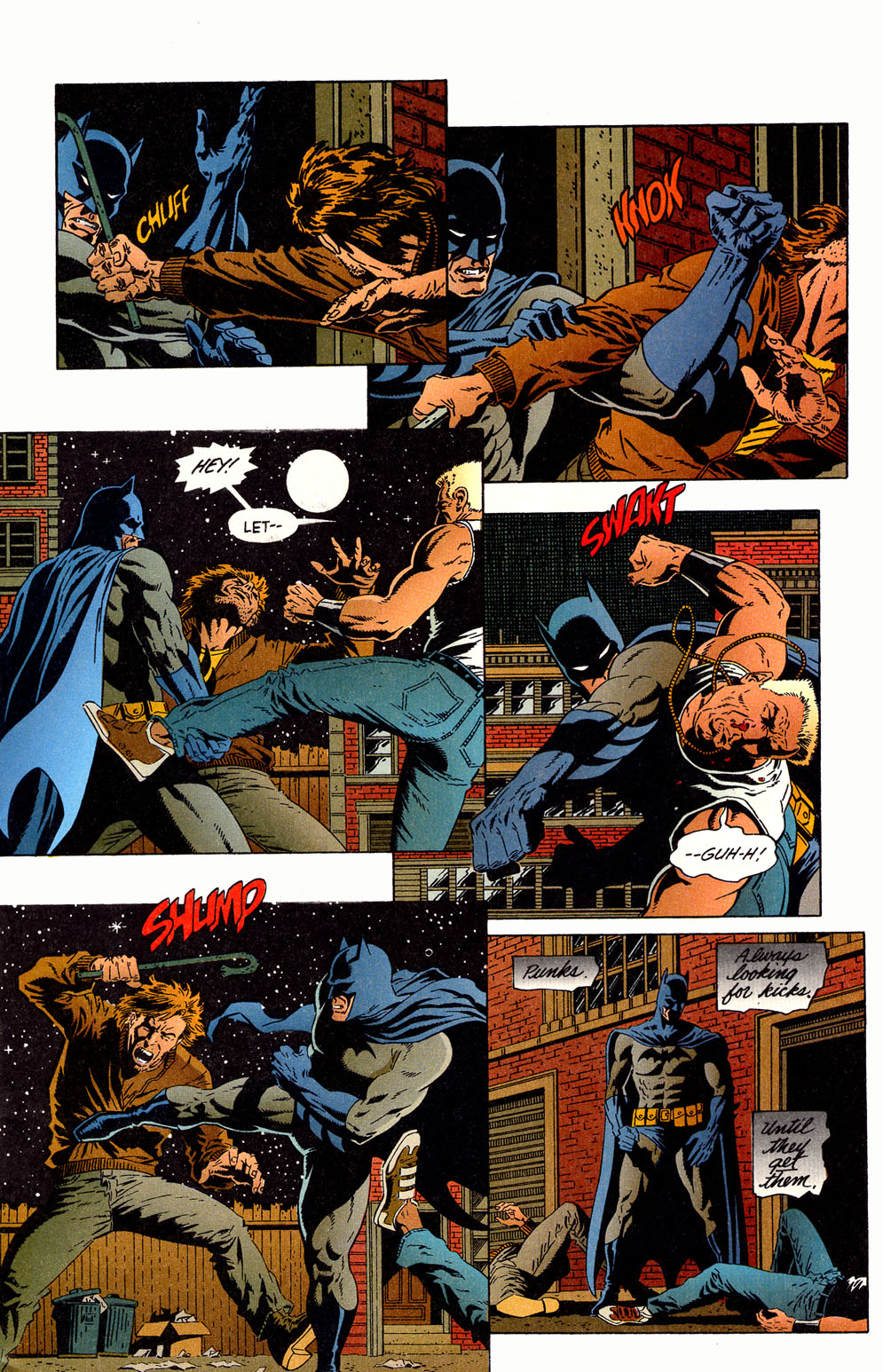 Legends Of The Dark Knight #13
Legends Of The Dark Knight #13
The most riveting display of down-and-dirty Gotham grit, however, is City of Crime, by David Lapham of Stray Bullets fame. You can almost feel the stench emanating from the pages as Batman’s investigation into a young girl’s disappearance takes him down a horrific path through Gotham’s crime world, from seedy slums to corrupt elites, from costumed lunatics to a freakish conspiracy that will haunt your sleepless nights…
Lapham, of course, can practically write gripping noir tales in his sleep (Murder Me Dead and Silverfish being obvious examples), but he really outdid himself here. This is Gotham as the worst parts of your own city times twenty, at least – it’s a big city turned living Hell.

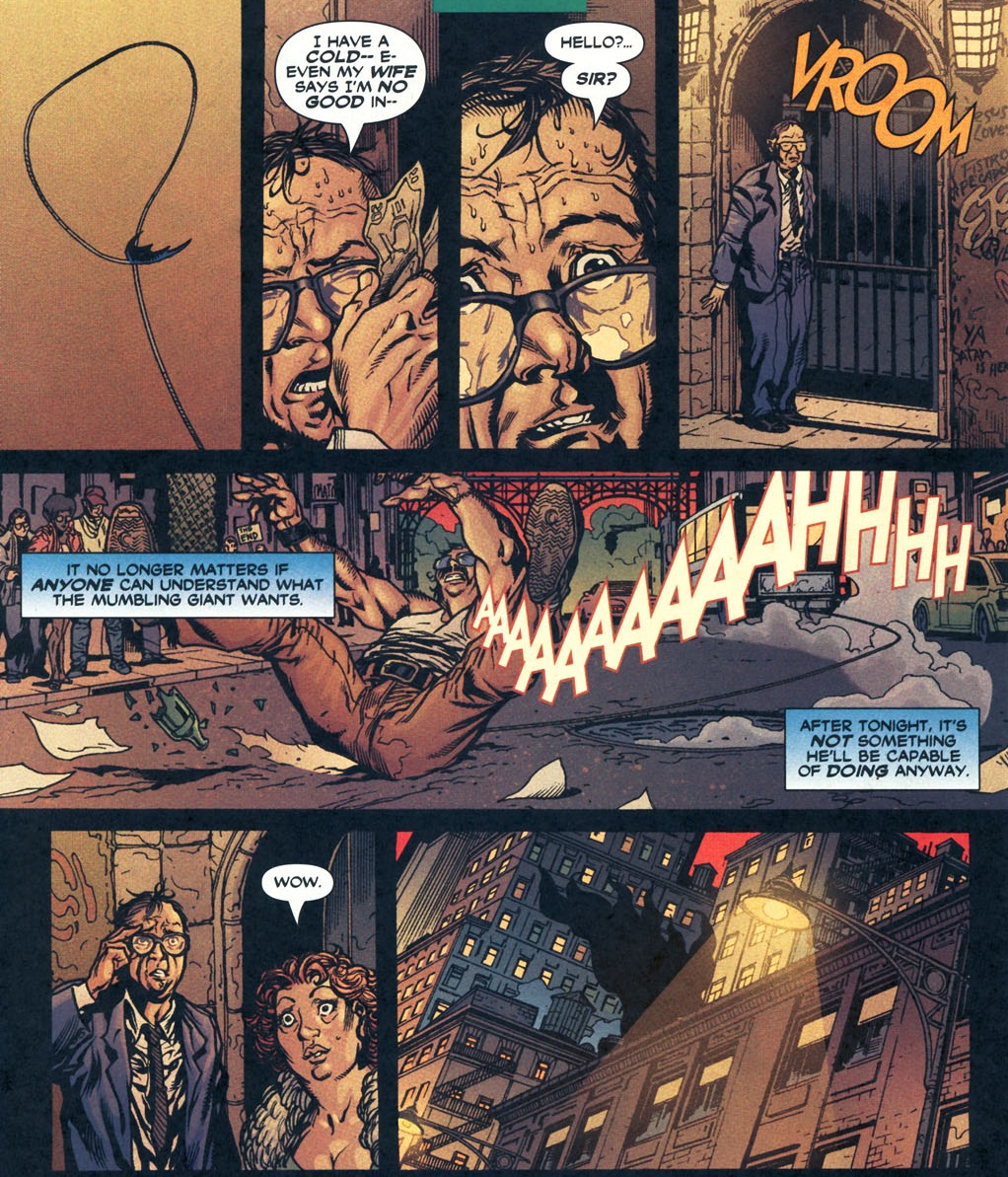 Detective Comics #801
Detective Comics #801
Another writer who has done a memorable job of exploring the dark side of Gotham is Scott Snyder. If you pick up his ongoing Batman title or any of his ‘New 52’ books, you’ll find yourself swept by viciously violent, over-the-top storytelling. In fact, Snyder’s run in these past 4 years has followed much of the same spirit as the Nolan movies, with balls-to-the-wall action and logic-be-damned, jaw-dropping plot twists.
Me, I still prefer Scott Snyder’s earlier work, which was just as dark but way moodier and more psychologically haunting. The issues collected in The Black Mirror took place during the time when Dick Grayson had replaced Bruce Wayne as Batman (one of the times, anyway) and reintroduced James Gordon’s son as possibly the most sinister villain of the past decade. The fact that Snyder effectively wrote it as a horror series, combined with Jock’s and Francesco Francavilla’s unbelievably atmospheric art, resulted in a remarkable and original Batman comic which was sadly cut short to make way for the 2011 reboot…
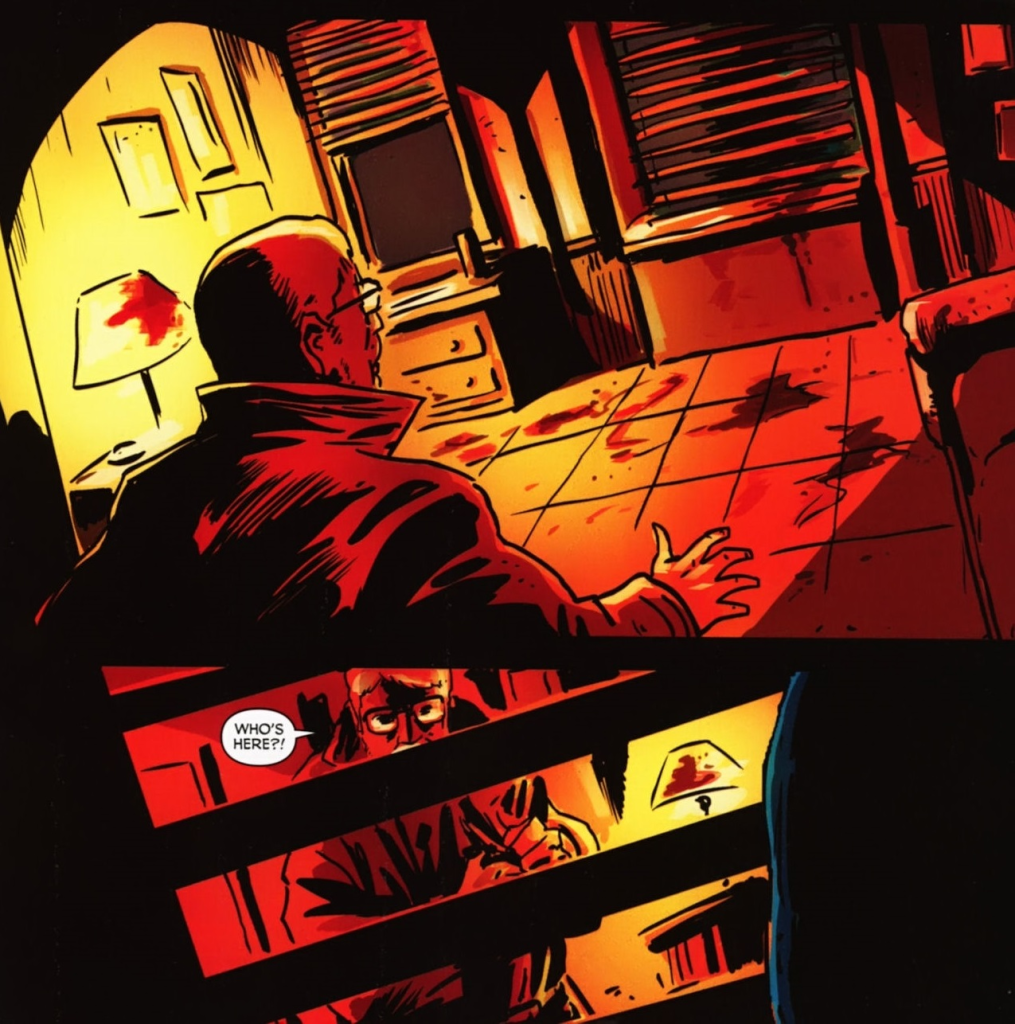
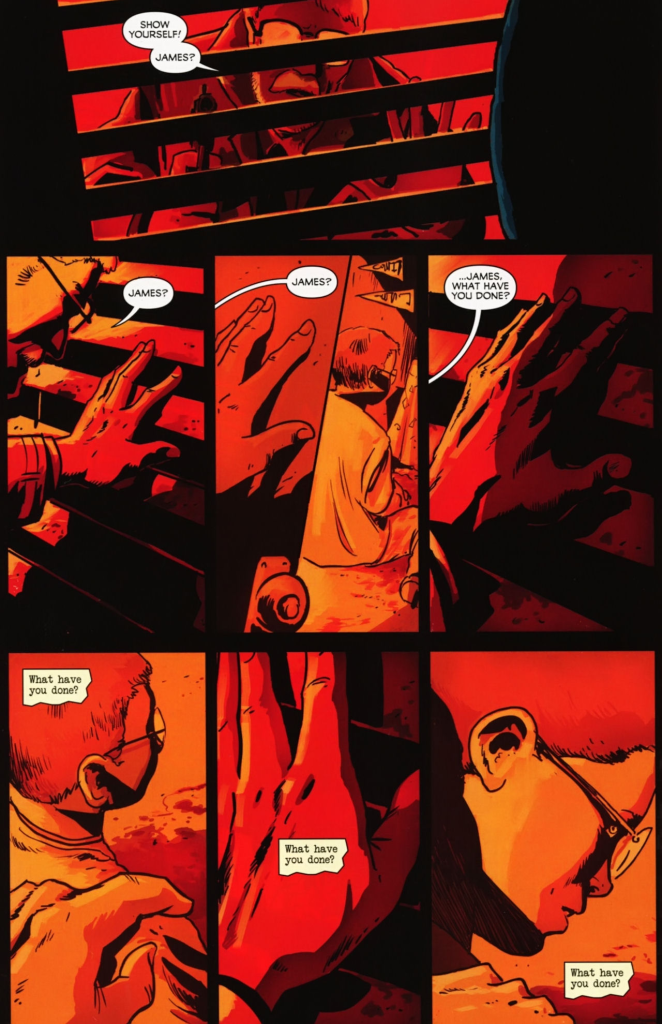 Detective Comics #871
Detective Comics #871
NEXT: Mask of the Phantasm.

